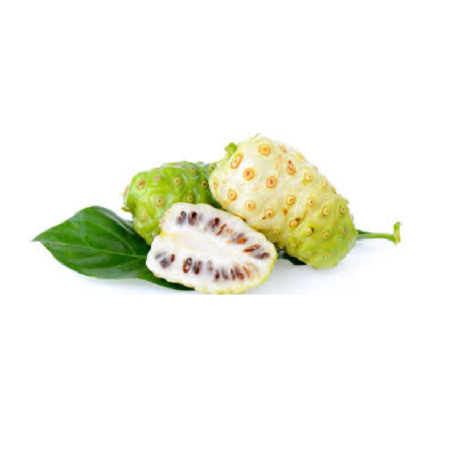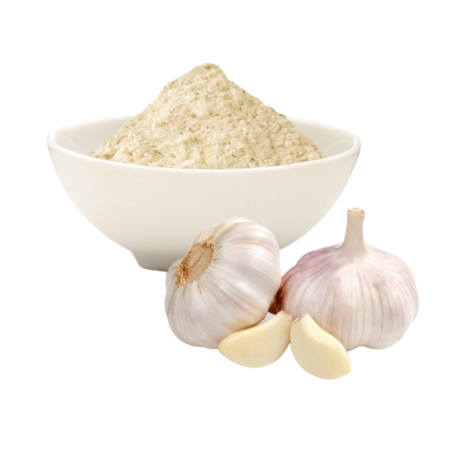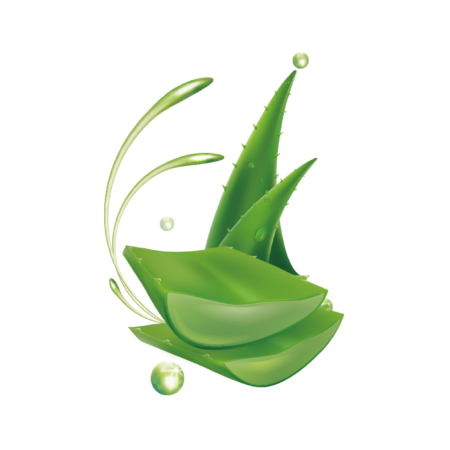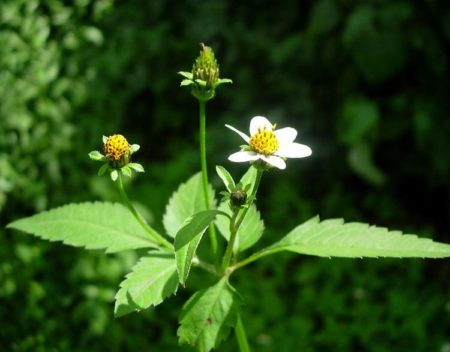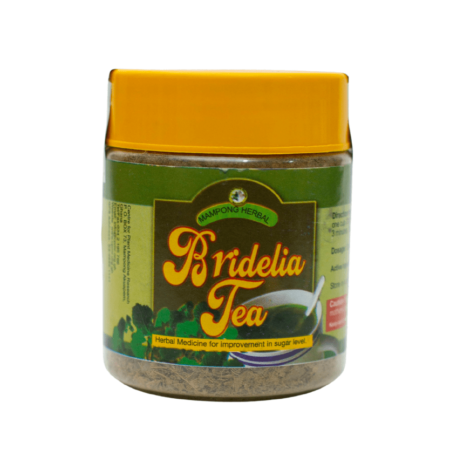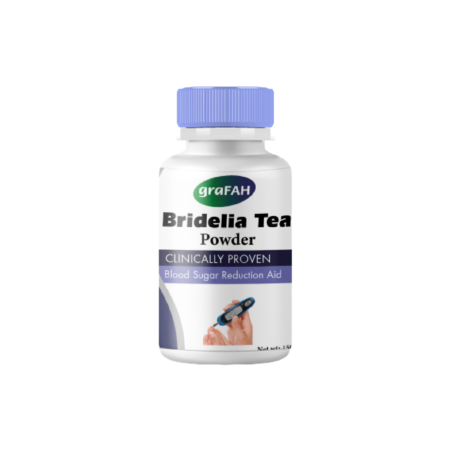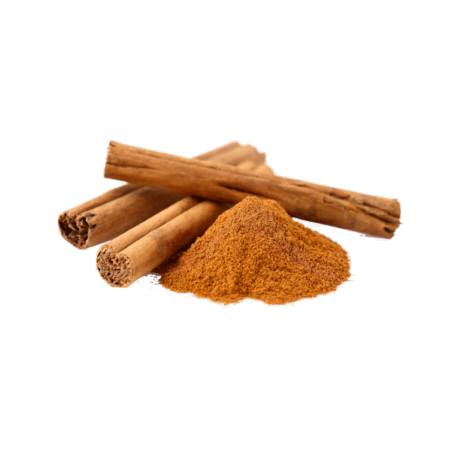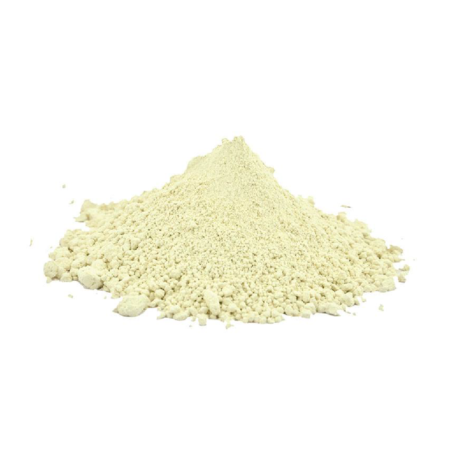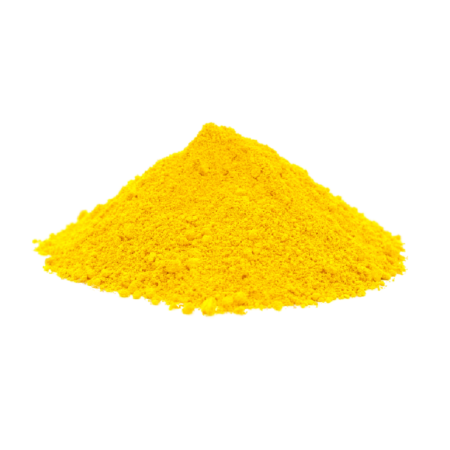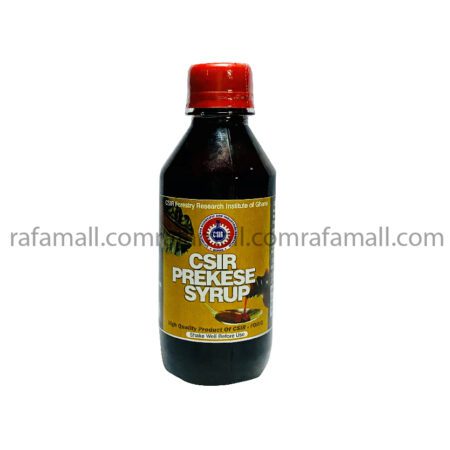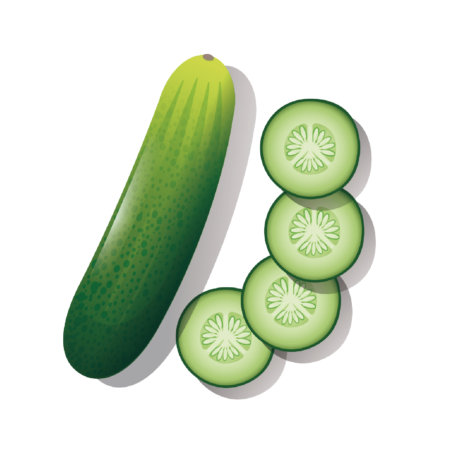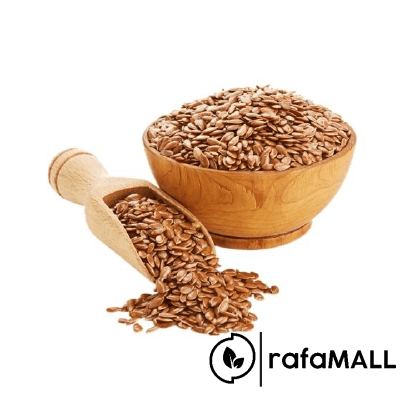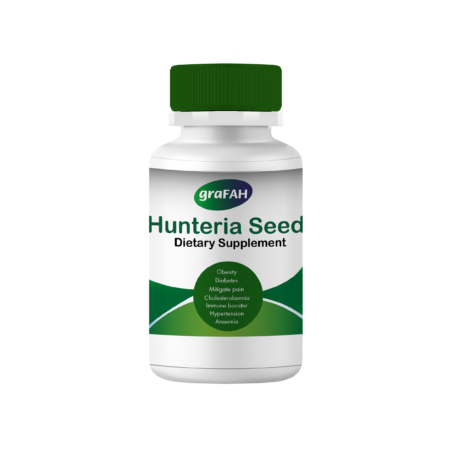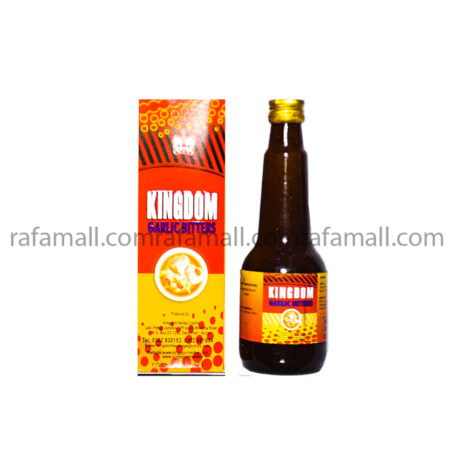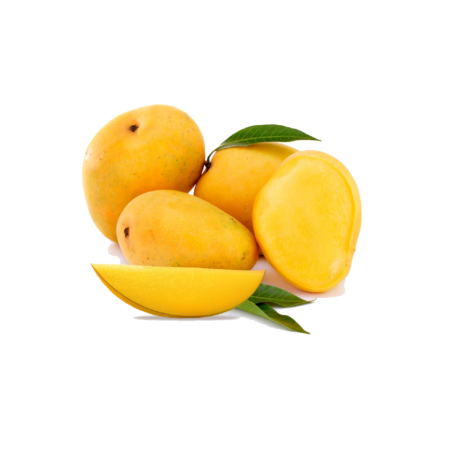-
(Noni) Morinda citrofolia fruit – 150g
₵50.50Original price was: ₵50.50.₵35.00Current price is: ₵35.00. Sold By: GMF StoreNoni is a dramatically foliaged evergreen shrub or small tree with a conical crown; it usually grows 2 – 6 metres tall, occasionally to 10 metres. The bole can be 12cm in diameter. Noni has long had a reputation for its healing qualities. The unripe fruit is used in Indian cooking in sambals and curries. Young leaves and blanched shoots – raw or steamed, added to curries etc. They contain 4.5 – 6% protein. The leaves are a rich source of vitamin A. Most parts of noni have been widely used medicinally since ancient times. The fruit contains rancid smelling capric acid and unpleasant tasting caprylic acid. It is thought that antibiotically active compounds are present.
The fruits are used as a diuretic, a laxative, an emollient and as an emmenagogue, for treating asthma and other respiratory problems
-
African nutmeg- Monodora(150g)
₵20.00Original price was: ₵20.00.₵10.00Current price is: ₵10.00. Sold By: GMF StoreAfrican nutmeg is a deciduous tree with a huge, lush crown; it can grow from 10 – 35 metres tall. The bole can be up to 2 metres in diameter. The tree is particularly valued for its aromatic seed, which is used as a condiment, medicinally, and also to make rosaries and necklaces. Usually harvested from the wild, the seeds are often sold in local markets in W. Africa. The tree is also occasionally cultivated for its seeds on the Antilles and in Indonesia. A very ornamental tree with its attractive leaves and orchid-like, conspicuous and scented flowers.’
The aromatic seeds are ground into a powder then used as a condiment in food, providing a flavour resembling that of nutmeg. The seeds are embedded in a white sweet-smelling pulp of a fruit that can be 20cm long by 15cm in diameter.
The aromatic seeds are antiemetic, aperient, stimulant, stomachic and tonic. They are used as a stimulating addition to medicines. Ground to a powder they may be taken to treat digestive problems and relieve constipation. Applied externally in the form of a powder, or made up into an oily pomade, the seed can be applied to sores, especially those caused by the guinea-worm. It is also applied to rid the body of fleas and lice.The seeds are chewed up and applied to the forehead to relieve headaches and migraine
-
Allium sativum (Garlic) – 100g
₵20.50Original price was: ₵20.50.₵15.50Current price is: ₵15.50. Sold By: GMF StoreAn erect, hardy and bulbous perennial herb up to 60 cm in height, with a central bulb covered in scales in the axil. Several scientific studies have shown that garlic has antihyperlipidaemic, antihypertensive and anticoagulant properties (Auer et al., 1990; Broche et al., 1990; Barrie et al., 1987). The herb’s many therapeutic actions are attributed to the compound allicin and its metabolites. For example allicin and its corresponding sulphide inhibit the proliferation of several human nonleukaemia malignant cells in vitro. In vitro studies have shown that ajoene possesses antithrombotic, anti-microbial and cholesterol lowering properties; ajoene exhibited inhibitory effects on platelet activation (Apitz-Castro et al., 1986),
-
Aloe vera leaf-1Kg
₵11.00Original price was: ₵11.00.₵10.00Current price is: ₵10.00. Sold By: GMF StoreEthnomedical uses
Aloe vera is used in folkloric medicine to treat dermatitis, thermal and sunburns, cystic ache, peptic ulcer, colds, tuberculosis, gonorrhea,
asthma, dysentery, headache, fungal infections, and diabetes (Sample et al., 2001; WHO, 1991; Ali et al., 1990).Biological and Pharmacological activities
Biological and chemical investigations have confirmed the wound-healing, antibacterial and anti-inflammatory properties of Aloe vera (Davis, 1994; Udupa et al., 1994, Bruce, 1967; Lorenzettet al., 1964). Aloe-emodin is responsible for the antiviral and antifungal properties of the plant (Van Zyl and Viljoen, 2001). -
Bidens Pilosa Leaves- 250g ₵30.00 Sold By: GMF Store
Bidens pilosa is an annual plant producing an erect, much-branched stem up to 100cm tall, though the plant can often flower, seed and then die when much smaller.
The plant is gathered from the wild for local use as a food and medicine. In parts of Africa, the plant is allowed to remain as a weed in cultivated ground, and it is also sometimes cultivated
-
Bridelia Tea Powder
₵26.50Original price was: ₵26.50.₵22.00Current price is: ₵22.00. Sold By: Centre For Plant Medicine research -
Bridelia Tea- 250g
₵23.50Original price was: ₵23.50.₵23.00Current price is: ₵23.00. Sold By: GMF StoreClinical data
Administration of a leaf decoction to a 49-year-old female diabetic patient caused her fasting blood sugar level to fall from 242 mg/dl to about 120 mg/dl after 12 weeks, remaining at this level for eight weeks (Addae-Mensah, 1992). A 45-year old hypertensive woman, who had diabetes diagnosed on routine examination had her fasting blood sugar level of 370 mg/dl reduced to 250 mg/dl after one week and continued to fall until it normalized after eleven weeks on immediate administration of B. ferruginea. No medication was prescribed for her hypertension, but her blood pressure fell from 180/90 to 140/90 during the treatment period (Addae-Mensah, 1992; Ampofo, 1977). Aqueous extracts of the leaves were able to normalize the fasting blood glucose levels and helped in eliminating glycosuria of patients with maturity-onset diabetes (Iwu, 1993). -
Cinnamon powder-150g
₵30.00Original price was: ₵30.00.₵25.00Current price is: ₵25.00. Sold By: GMF StoreA small tree with smooth bark; opposite dark green, coriaceous and shiny leaves, obovate, with 3-5 basal nerves, up to 15 cm long and 10 cm broad; flowers unisexual, cream, in axillary and terminal panicles; fruit small drupe.
Studies have shown that the bark of the plant contains volatile oils, mucilage, calcium oxalate, tannins, and starch, all of which work synergistically to give the plant its appetizer, carminative, digestive and stomachic actions (Pamplona-Roger, 11998). C. zeylanicum promotes gastric and intestinal juice secretion and enhances gastric motility. The bark extracts have shown to be effective against fluconazole-resistant and -susceptible Candida isolates in vitro. A small scale clinical trial on AIDs patients showed the herb to be effective for treating oral candidiasis (Quale et al., 1996). Antibacterial actions have also been demonstrated in vitro (Azumi et al., 1997; Bruneton, 1995). C. zeylanicum‟s diterpenes have shown antiallergic activity (Nagai et., 1982). Aqueous extracts exhibited antiulcer effects (Akira et al., 1986). Cinnamon may have hypoglycaemic properties in vitro (Berrio et al., 1992). Its mild astringent action may be due to the tannins. The essential oils of C. zeylanicum, Ocimum gratissimum, Cymbopogon citratus, Eugenia uniflora, and Alpinia speciosa demonstrated inhibitory action against dermatophyte strains in vitro (Lima et al., 1993). The oil and leaf extracts have antiviral activity (Kato, 1975; Leung and Foster, 1996); the eugenol-containing leaf oil has demonstrated antiseptic and anaesthetic properties. Several studies have shown that cinnamaldehyde has hypotensive and spasmolytic effects. It also inhibits the enzymes cyclooxygenase and lipoxygenase and increases peripheral blood flow (Tahara et al., 1986; Harada and Yamazaki, 1981). Extracts have shown antioxidant activity in vitro and may be useful as food antioxidants (Mancini-Filho et al., 1998).
-
Croton membranaceus – 250g
₵100.00Original price was: ₵100.00.₵80.00Current price is: ₵80.00. Sold By: GMF StoreC membranaceus is a monoecious herb up to 2m in height with slender and densely stellate hairy branches. The root bark contains scopoletin and julocrotine, a glutarimide alkaloid. It also contains calcium oxalate crystals. A root extract is taken to treat urinary retention caused by an enlarged prostate. ]. The root and leaf extracts of C. membranaceus are also used as remedies for dia-betes and measles. The essential oils from the stem bark of C. membranaceus are taken as a remedy for a cough, diarrhea, fever, flatulence, and nausea. The antioxidant action of C. membranaceus extract is significant compared with the antioxidant action of gallic acid, the positive control which is a pure compound. . Blood glucose levels were reduced in mice given metformin and extract after 3 hours . These findings demonstrate the poten-tial of C. membranaceus extracts in the management of type 1 diabetes mellitus and diseases in which oxidants or free radicals are implicated. The extract demonstrated significant dose-dependent inhibition properties in the proliferation of BPH-1 cancer cells and changes in the morphology and reduced density of BPH-1 cancer cells
-
Cryptolepis sanguinolenta (nibima)- 1kg
₵90.00Original price was: ₵90.00.₵85.05Current price is: ₵85.05. Sold By: GMF StoreCryptolepis consists of the dried roots of Cryptolepis sanguinolenta. Thin-stemmed twining or scrambling shrub; leaves elliptic, oblong-elliptic, apex acute to shortly acuminate, base symmetrical, petiolate, up to 7 cm long and 3 cm wide. The roots have a bitter flavour and are tonic. They are chewed, while the root bark or root extracts are taken as a tea, to treat a wide range of conditions including fever, hepatitis, malaria, hypertension, urinary and upper respiratory tract infections, colic, stomach complaints, amoebic dysentery and diarrhoea, wounds. The leaves and roots are rich in bioactive indole alkaloids such as cryptolepine, the major constituent of the root bark and the first alkaloid isolated from the plant. Cryptolepine has potent antiplasmodial activity, and also has anticancer, antifungal, antibacterial, hypotensive, antipyretic, anti-inflammatory and anti-hyperglycaemic activities
-
CSIR Prekese syrup
₵46.00Original price was: ₵46.00.₵40.99Current price is: ₵40.99. Sold By: GMF Store -
-
-
Hunteria seeds-200g
₵40.00Original price was: ₵40.00.₵38.99Current price is: ₵38.99. Sold By: GMF StoreIn Sierra Leone the bark of Hunteria umbellata is made into a bitter tonic and used as a stomachic and as a lotion to treat fever. A fresh root-bark extract is applied in Côte d’Ivoire to sores caused by leprosy. The fruit is rich in latex that is an ingredient of arrow poison in Côte d’Ivoire. In Ghana and Nigeria the root and stem bark are used as an anthelmintic, especially against Guinea worm, filaria worms and schistosomiases (causing bilharzia). Aqueous and alcoholic extracts of the seeds are used as a cure for piles, yaws, diabetes and stomach ulcers in Nigeria. The bark and the root are used as a bitter tonic in Nigeria, and powdered root and root decoctions are used to prevent miscarriage and to treat menorrhagia. In Cameroon a bark or fruit decoction is taken to treat stomach-ache, liver problems and hernia. The plant is also used in the treatment of geriatric problems. Hunteria umbellata extracts are used in Germany for phytotherapeutic purposes, to reduce the heart rate, as an aphrodisiac, to decrease blood pressure and reduce blood lipid content.
The creamy to yellowish-brown, hardwood is locally used for carving, making combs, spoons, tool handles, police batons, carpenter planes, weaving shuttles and other small articles. In Nigeria forked stems are used as house posts and are considered very durable and immune to termites. In Côte d’Ivoire the wood is used as firewood. -
Kingdom Garlic Bitters
₵25.00Original price was: ₵25.00.₵19.00Current price is: ₵19.00. Sold By: GMF StoreAn herbal bitters made from pure herbs used for the management of heart related conditions; hypertension, stroke and diabetes
-
Mango fruit (Mangifera indica)-1Kg
₵15.00Original price was: ₵15.00.₵10.00Current price is: ₵10.00. Sold By: GMF Store
- Animal Health
- Anti diabetics
- Anti Lipidemics
- Anti malaria
- Anti Typhoid
- Blood boosters
- Cardiovascular health
- Detoxifiers
- Digestive Health
- Fitness And Sport Nutrition
- Fixed and Essential Oils
- Fruits and Vegetables
- Health Foods And Drinks
- Health Stationery
- Herbal remedies
- Homeopathy
- Immune booster
- Liver Health
- Medical Laboratory Equipment
- Men Health
- Natural Beauty And Personal Care
- Nervous Disorders
- Oral Health
- Other Products
- Pain and inflammation
- Plant Seedlings
- Pure Herbs
- Regenerative Medicine
- Respiratory Tract Health
- Skin Infections
- Sleep And Mood
- Supplement
- Traditional Chinese Medicine
- Ulcers
- Veneral Diseases
- Vitamins and Supplements
- Weight Loss Management
- Women Health

